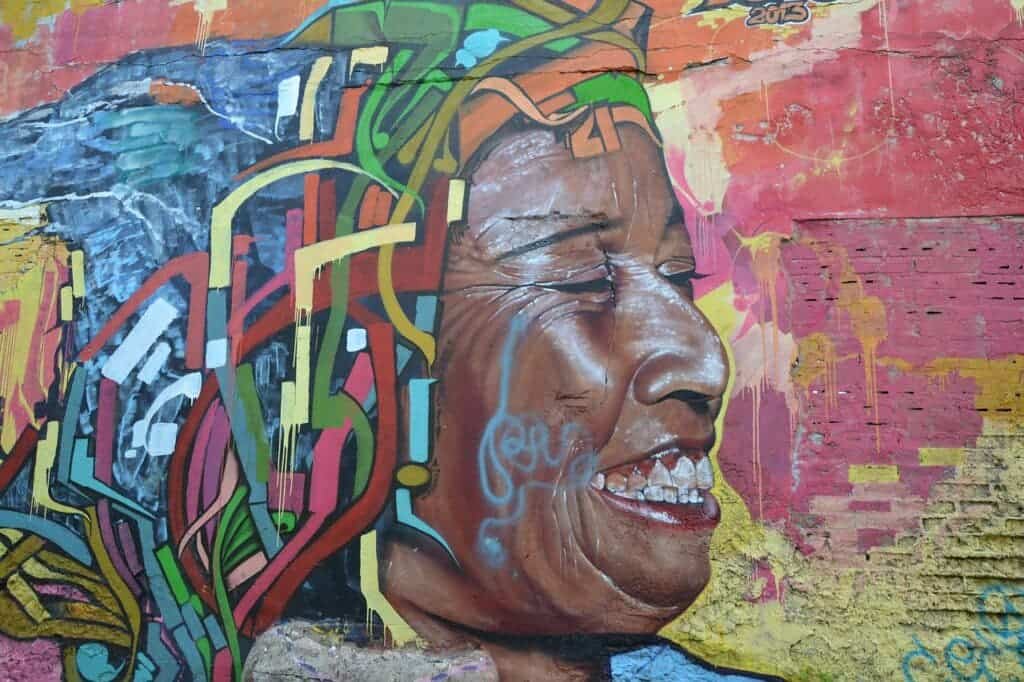Archeologists in Brazil are hard at work to uncover the genetic ancestry of some of South America’s earliest humans.

While the genetic contribution of Neanderthals to the modern human gene pool is well known, these ancient hominids are generally associated with Europe, especially Northern Europe. Denisovans, meanwhile, are generally associated with populations in Asia.
You can imagine, then, the surprise of archeologists working on two archaeological sites in Brazil when they discovered the presence of Neanderthal and Denisovan DNA in ancient South Americans.
Locally-produced
The findings are based on human remains recovered from archeological sites in Brazil, Panama, and Uruguay. Initially, the researchers working at these sites were aiming to map out the patterns of ancient migrations throughout the South American continent. This confirmed that migrations occurred from north-to-south along the continent, but also found evidence of migrations in the opposite direction along the Atlantic coast.
But the genetic sequencing of these remains provided them with an unexpected surprise.
This is the first time that Denisovan and Neanderthal ancestries have been identified in ancient South American populations. The findings complicate our understanding of the genetic background of ancient South American peoples, the team explains.
In addition to this ancient genetic material, the team also looked at modern human genomic data, as well as DNA sequences from Denisovan and Neanderthal remains from Russia. The most recent of these remains are just 1,000 years old.
Bits of Neanderthal and Denisovan DNA were identified in the ancient South American genomes, and evidence of Australasian genes were found in one sample from an individual in Panama. Australasian genes were previously seen in southeastern Brazil and are present today in the Sirui people of Amazonia.
That being said, ancient populations in Panama and Brazil had more Denisovan genes than Neanderthal-specific ones. Worldwide today the reverse is true: people, in general, have more genes inherited from Neanderthals than from Denisovans.
From what we can tell from the data so far, Denisovan genes first entered populations in South America as far back as 40,000 years ago, and were found in remains as recent as the 1,500 year-old remains of an individual in Uruguay.
Today, there is no evidence of Australasian genes in ancient North American populations, which will help us pinpoint the entry route of those ancient peoples into the Americas. The team suspects that the likely route of entry was across the Beringia — the land and maritime area bounded by the Lena River in Russia and the Mackenzie River in Canada.
“The presence of these ancestries in ancient Native American genomes can be explained by episodes of interbreeding between anatomically modern humans and Neanderthals and Denisovans, which should have occurred millennia before the first human groups entered the Americas through Beringia,” said Andre Luiz Campelo dos Santos, an archaeologist at Florida Atlantic University and the study’s lead author for Gizmodo.
The paper “the land and maritime area bounded on the west by the Lena River in Russia; on the east by the Mackenzie River in Canada” has been published in the journal Proceedings of the Royal Society B.









